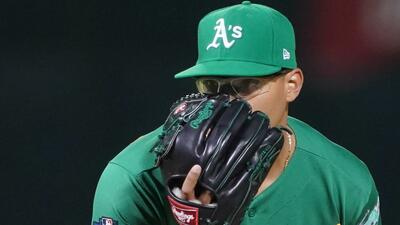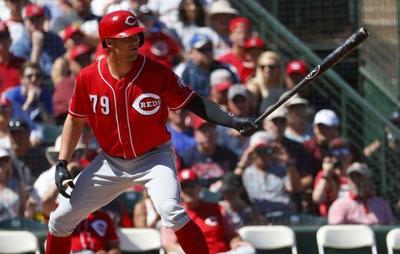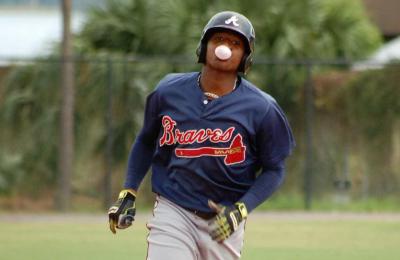In our continuing series on player recommendations, the latest edition of Strategy Manager + highlights the pitchers who are deviating from their projected production this season. On the ranking sheet (Pitcher Rankings for June) you will find 5 tiers of Starting Pitchers. Similar to baseball's classification of starters (Ace, 2nd, 3rd, 4th and 5th Slot), we've taken a similar approach in grouping the fantasy starters. Included is my recommendation on players who I believe should be traded for or traded away based on their current ranking. The under and over producers are listed according to their projected rankings through the remainder of the season. The rankings are heavily influenced by current indicators such as their Dominance Strikeout/Inning Rates, WHIP, Expected ERA (XERA), Strand Rates, and Balls Hit into Play Ratios.
Strikeouts/Inning Generally pitchers who have a K/I of less than .80 are at risk for being unlucky on balls hit into play. Essentially the more a pitcher can minimize balls hit into play, the more he controls his destiny. We tend to gravitate to pitchers who have a K/I above .87.
WHIP Not only is WHIP (Walks + Hits)/IP one of the most popular fantasy categories, it's also a key determinant to success in other categories (Wins/ERA). The average WHIP has steadily been dropping over the last 5 years (post PEDS ERA?), consider that the average for the top 72 starters last season was 1.21.
Batted Balls Hit into Play Success Rate (also known as BABIP) : Overall, pitchers do not have control over balls hit into play, however there are some that do, hence we've also posted each pitcher's 4 year average. On average 28% (.284) of balls hit into play are registered as hits. Using this indicator we can see which pitchers have been lucky and which have not.
Expected ERA (XERA) depicts a pitcher's "True ERA" as it bases its expectation on factors within a pitcher's control. These factors include Hits, Walks, Home Runs allowed and K's. When you consider the inequity with the ERA calculation, specifically related to errors and base runners inherited/left, many including myself consider XERA to be a more precise gauge of ability.
Runners Stranded Percentage: The percentage of batters that reach base but do not score (more specifically, are not credited to the pitcher's Earned Runs). The average stranded percentage for starters is .74. Pitchers with Stranded Percentages of about .78 usually have successful ERA and Win totals. Typically, veteran pitchers work around good hitters and bear down on the hitters whom they believe they can retire. However a strand rate that is too high (+.80) and not supported by a high K rate can be an indication of good fortune (which over time regresses overall numbers).
Using the Player Charts to validate Player Production
Be sure to visit our Player Charts as they contain a wealth of knowledge and a definition of many of the indicators we use. The Sabermetric Database that makes sorting for these indicators a breeze.
Using Advanced Stats to Determine Value
Remember to utilize our Advanced Stats Database regularly, as it contains some of the baseball stat indicators that we use to analyze performance during the season. The Advanced Stats Database contains many of the widely recognized indicators.
The Splits Database!
Did you know that Yu Darvish is allowing the opposition to hit at a .408 SLG at Home vs. .185 on the Road! Or that Josh Hamilton is slugging .468 against righties and only .212 against lefties? It's all in the Fantistics Splits Database . Updated Pitcher Rankings for June
Happy Trading!- Anthony

























